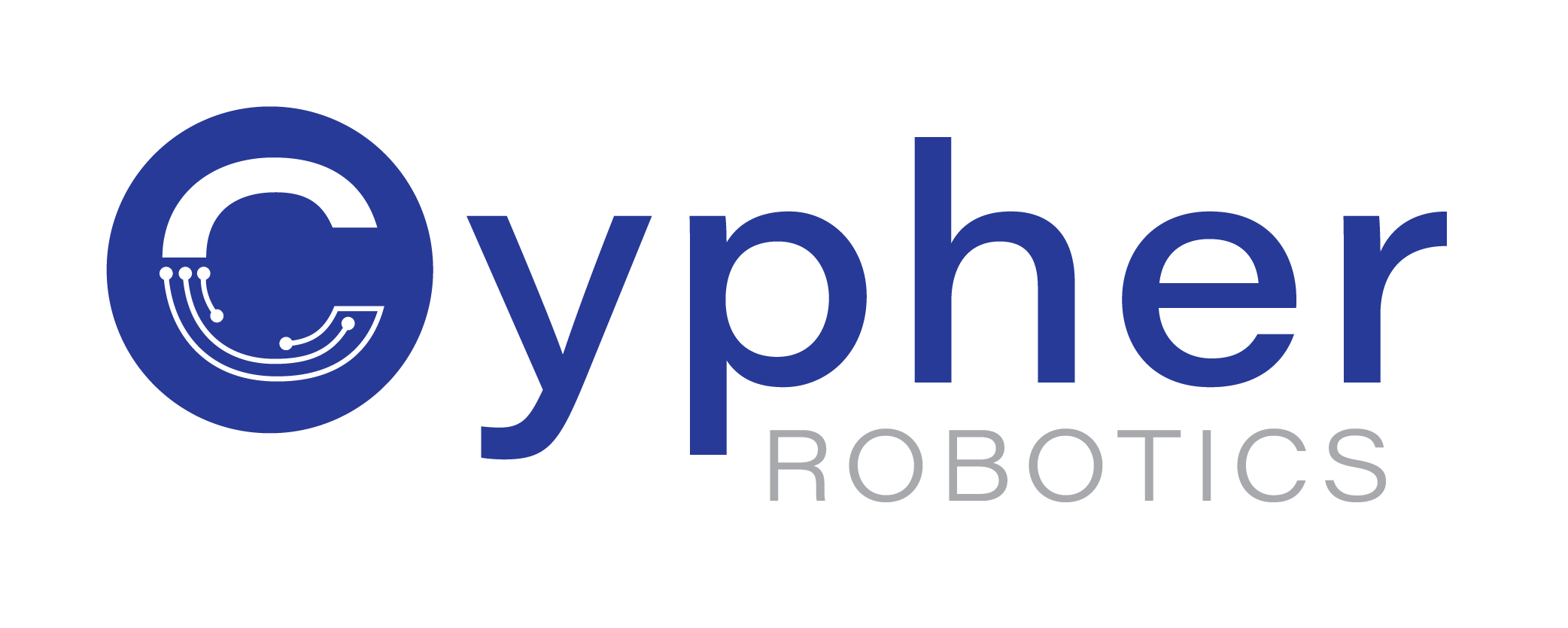
Cypher, Ericsson share the stage at Detroit’s big Automate 2025 show
Greetings from Detroit, where Cypher Robotics is pleased to be sharing a booth with telecom leader Ericsson at the big Automate 2025 show. More than 40,000 people are attending, so it’s a pretty big deal.
Specifically, we’re displaying our cycle counting solution, Captis, alongside Ericsson’s Enterprise Wireless Solutions division. Captis is an autonomous mobile robot that can capture inventory in even massive warehouses in a single five-hour shift.
It does so in one of two ways. In the back end of a warehouse, a tethered drone ascends from the Captis AMR base. That drone scans product codes as the AMR moves its way autonomously down the aisles. All data is uploaded in realtime to existing warehouse management software.
By swapping out the drone’s “nest” for a different module on top of Captis, the system is capable of capturing RFID tags. We’ve found this particularly useful for getting an accurate count in showrooms, where stock is frequently sold directly from the floor. (And yes, Captis can do this work while customers are in the store.) Captis can also, we should note, carry out precision scans for digital twins while it’s on the job.
But there’s a secret sauce here that really enables Captis to shine in an Industry 4.0 setting: A private 5G network. And that…is the reason we’ve joined Ericsson at Automate 2025.
Below: Captis and its tethered drone, ready for another warehouse shift…

THE 5G CONNECTION
If you’re not aware, Ericsson is the world leader in telecommunications hardware and software. If you’ve got a cell phone – and who doesn’t – odds are you’re using a network built by Ericsson regardless of provider. Those are, obviously, public networks.
But Ericsson also builds private 5G networks for industry. Earlier this year, Jaguar Land Rover (JLR) installed one of those networks to enhance its auto manufacturing in an Industry 4.0 setting.
“This cutting-edge networking technology is enhancing the production of Range Rover vehicles by supporting business-critical applications such as vision systems, IoT sensors, and production tools,” explains this Ericsson post. “The deployment of Ericsson Private 5G is a pivotal step for JLR in embracing Industry 4.0.”
Industry 4.0 is a highly automated setting, where smart devices communicate with each other in a low-latency, high-bandwidth, highly secure network. In addition to the ability to monitor all devices, these systems also offer predictive maintenance analytics to reduce unplanned downtime. We reached out to Ericsson for more.
“As part of their digital transformation and push towards Industry 4.0, we’re seeing manufacturers make investments in key areas like autonomy, industrial IoT devices and advanced analytics,” says Ericsson’s Jan Diekmann, the company’s Global vertical lead manufacturing – Private 5G Networks.
But why not simply hop on your local cellular provider network?
“If you use a public network, your data goes through that public network,” says Diekmann. “If you have a private network, you get the security that comes with having the data managed by you. You control who sees it, where it goes. You can also accommodate a high density of devices in a small area – which is critical in an Industry 4.0 setting.”
THE CYPHER CONNECTION
So how do you demonstrate the benefits of a private 5G network to industry? It’s not like you can point to invisible data flying through the ether.
That’s where Cypher Robotics and Captis come in. Because these devices are intended for an Industry 4.0 setting, they’re a tangible way to demonstrate the benefits of such networks.
“That’s the reason we like to showcase use-cases. We’re really trying to help manufacturers see the value of a private 5G network and bring the concept to life,” adds Diekmann.
Below: Cypher Robotics Founder and CEO Peter King, left, along with partners Ericsson and Slolam Consulting

THE VIEW FROM CYPHER
We’re obviously pleased that Ericsson wanted Cypher Robotics onboard for Automate 2025. It’s an important show – and a great way to get our solution in front of additional potential clients.
We’re equally pleased to help Ericsson showcase how private 5G networks will, over time, become ubiquitous in the Industry 4.0 landscape.
If you’d like more information about the Captis solution, feel free to get in touch here.











